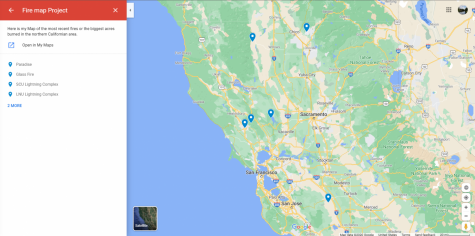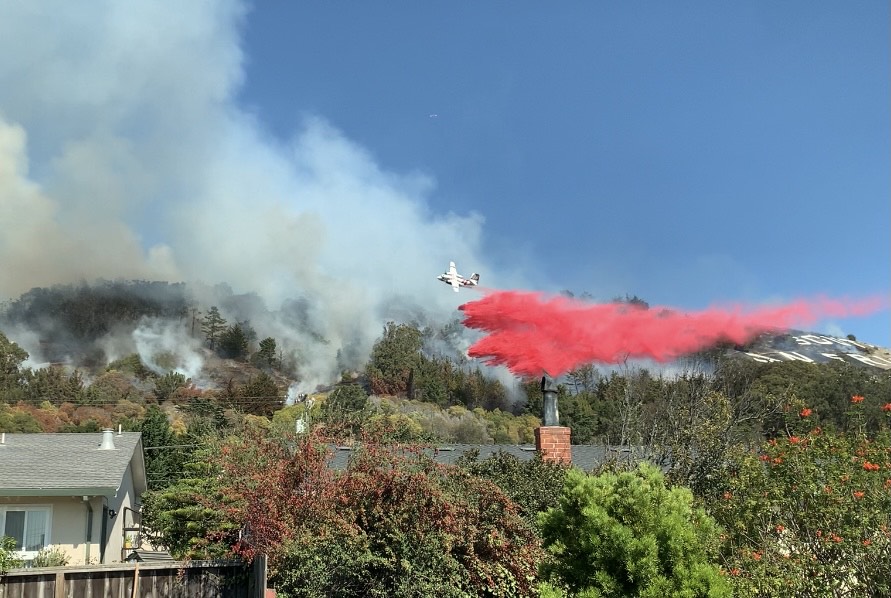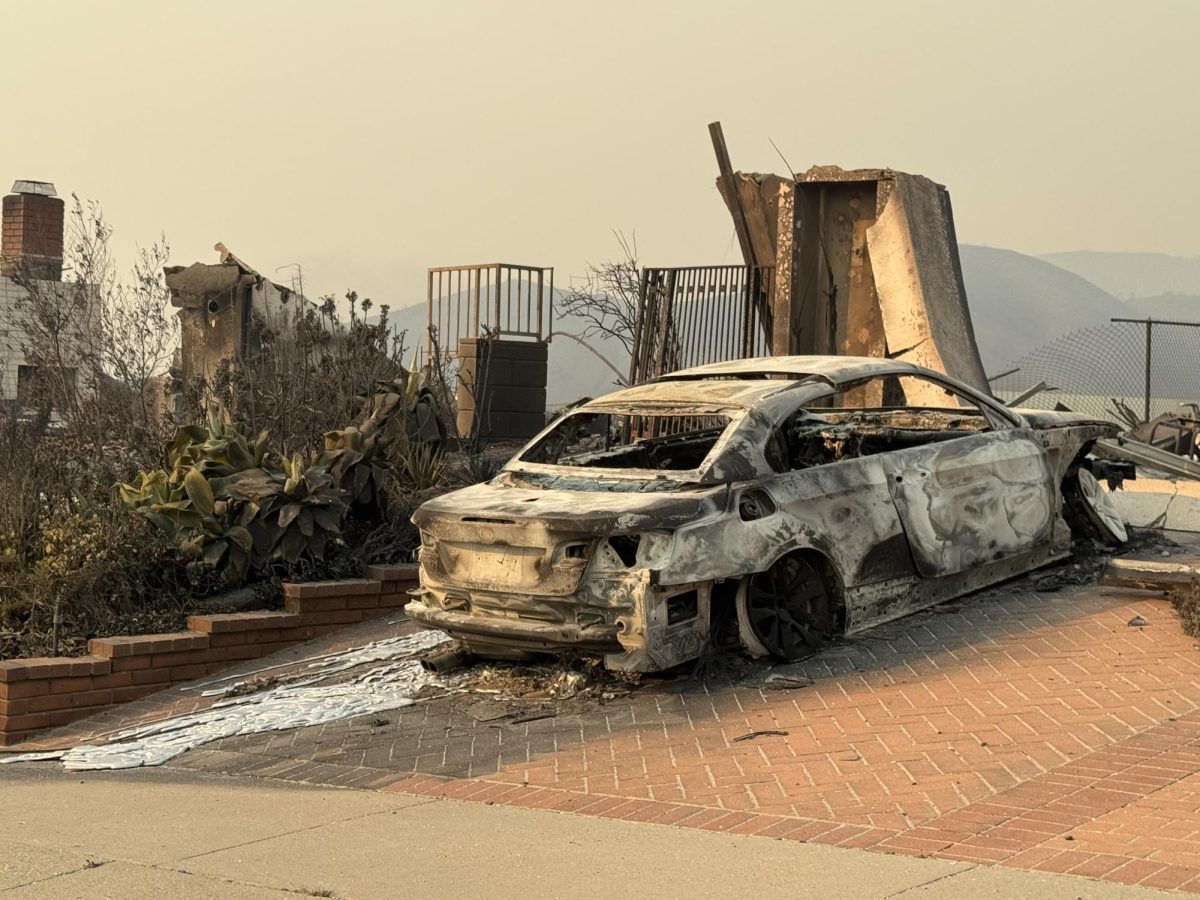More than 7,500 fires raged through California this year. The fires have burned more than four million acres, making 2020 the worst wildfire year in the state’s history, according to the California Department of Forestry and Fire Protection.
The record heat wave and winds sparked the August Complex fires making it the largest, passing the Mendocino Complex fire in 2018. The August fire burned more than 1 million acres.

Mark Howell ’85, who has a house in the Russian River Valley, said, “To be better prepared for forest fires we need better forest management.”
Once again, another heatwave struck the area in the last week of September, creating up to 20 more fires. The most recent big fire was the Glass Fire just north of St. Helena, in Napa County.
This fire burned for more than three weeks, and more than 70,000 acres. It has stretched through two counties, Napa and Sonoma. The cause is still unknown. More than 25,000 evacuated in most of Napa and Sonoma counties.
This fire season in California is the largest, but not the most dangerous. For the Glass Fire, in certain non-populated areas, firefighters are letting the fire burn, because if the forest does not go through a cycle of the tree dying, the trees will not release more seeds. If the forest does not go through that cycle, the trees have a higher chance to burn.
Michael O’Brien, AP Environmental Science teacher at Archbishop Riordan, said, “The fires that have been happening, climate change is not the only cause, there is also forest management. What I saw was containment, within the non- populated areas so that the trees can regenerate.”
So far, 2018 was the most dangerous because 25,000 houses were destroyed, more than 100 deaths occurred, and more than 80 injuries were sustained. Also, 2018 cost more than $25 billion to help people affected.
And, the fires are not over yet. Currently, the fires have cost more than $60 billion. No one is ever prepared enough, but there are ways to reduce the damage.
Howell suggested, “…removing dead and fallen trees, clearing out undergrowth and dried out vegetation.” Removing dried out vegetation helps the environment to become more fire retardant.
Living in wooded areas, it is more important to be prepared. Tommy Taylor, retired police officer for SFPD who has a house in the Russian River Valley, said, “If you live in a wooded area, there’s really not a lot you can do except clear the defensible area around your house of tree limbs, brush, and weeds.”
Residents are encouraged to have a bag ready and prepared to evacuate at any time. If officials ask to evacuate, those orders should be followed.
Taylor said, “It depends if the fire is close and you do not live in a heavily wooded area. I felt safe because the fire was far, but I was ready to leave if needed.”
The fires didn’t just affect the people who had to evacuate, but everyone in California, because the smoke permeated all throughout the country. On the Record Searchlight website, their Hazard Mapping System shows that the smoke from the California fires stretches all the way to New York and other Northeast states.
Since August, 15 fires have been burning in California, Oregon, and Washington. This has been the biggest, record- breaking fire in California. There are 25 major wildfires destroying more than 70,000 buildings and more than 40 fatalities.
Being nervous about fires is normal, but people still need to be prepared, have a backup plan, and clean around the house to remove dead vegetation and leaves.









